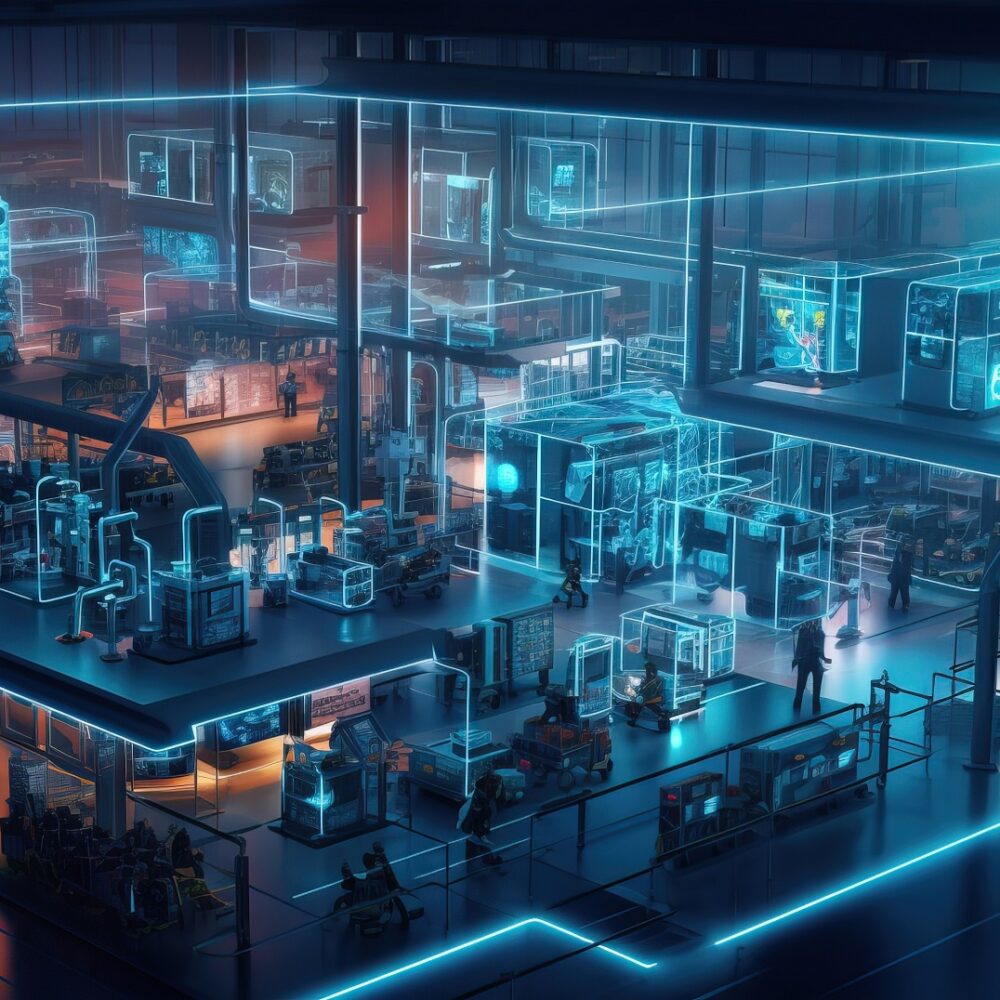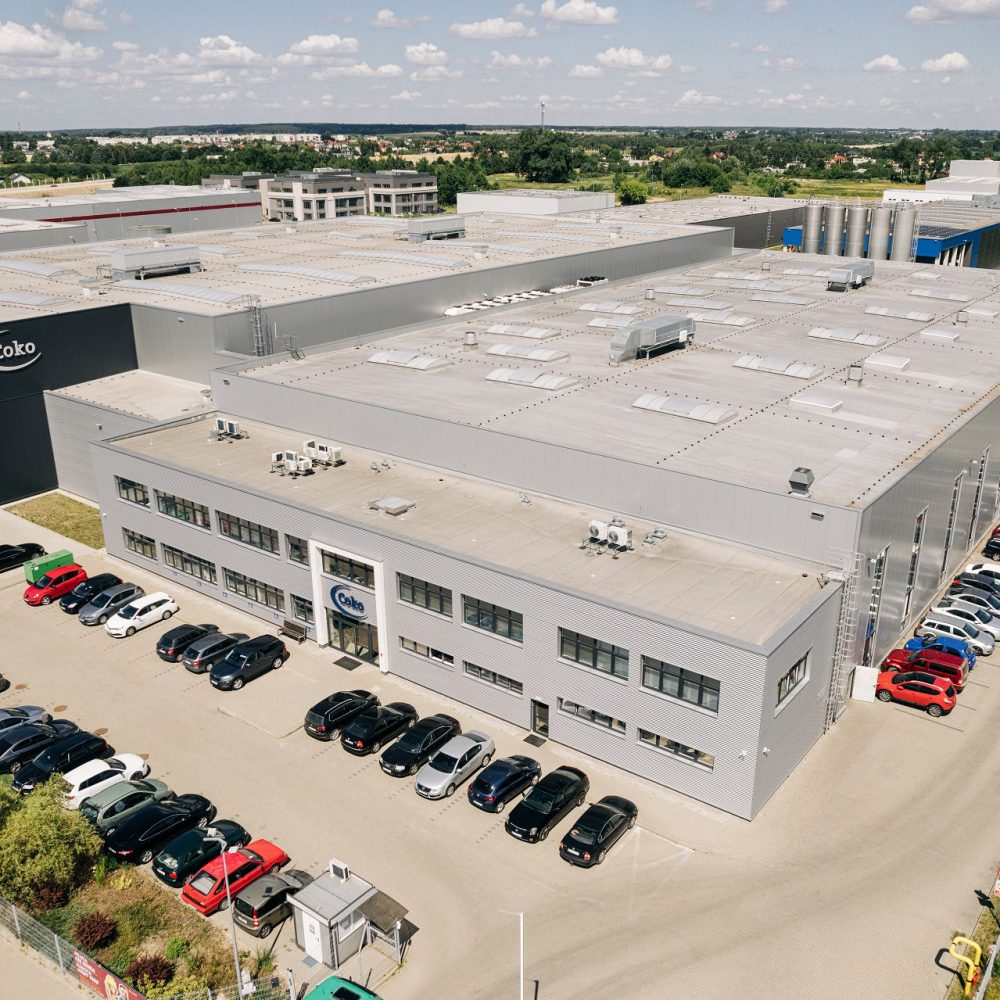
Steel hall design – where to start?
Designing steel halls is a complex process that requires from the designer experience and a great deal of knowledge, not just technical knowledge. When drawing up the design of a hall, special attention must be paid to several aspects that affect the final form of the design and the building itself. These are factors that need to be taken into account from the very beginning of the design, or even at the concept stage. In fact, it is difficult to determine which of these factors is the most important. Each of them introduces some changes in the creation of the project and each of them should be taken into account in the process.
The first group of factors is the location of the facility, its geometry and size. The location will have a direct impact on the climatic loads assumed, i.e. the impact of snow and wind. It is important to realise that the snow load is not uniform across the country. It takes on higher values in mountainous areas and lower values in coastal zones. The wind load, on the other hand, increases with the height of the building. The shape and sizing of the designed building are some of the key parameters. The axial spacing of the main columns (aisle span), the spacing of adjacent frames, the height of the hall and the number of aisles are all important. By increasing the span between the main columns, a larger roof beam profile is automatically achieved. Design of a steel hall where the column spacing exceeds 20 m will very often include a roof girder in the form of a truss. It is a lighter element than hot-rolled profile (e.g. IPE, HEA). The geometry of the hall is strongly related to the structural scheme adopted. Steel halls with short spans (up to 18-20 m) are usually designed as joined to the foundation with an articulated joint, with rigid, extended corners. For longer spans (over 20-24 m), the columns are usually rigidly connected to the footings, and the load-bearing structure of the roof is the truss mentioned above, which is articulated on steel or reinforced concrete columns.
Another aspect that will significantly influence the design of the hall is the grade of structural steel used. More than a dozen grades are known to be used in design. For column elements and roof girders, it is reasonable to use stronger steels (e.g. S355), while free-supported roof purlins of hot-rolled sections can be designed in S235 steel. This approach will save a significant amount of material. A reduction in the weight of the hall can also be achieved by using cold-formed profiles (e.g. Z-bars) as the purlins and transoms of the cladding.
Hall design is also related to the ground conditions encountered at the project site. This is why geotechnical survey of the soil is so important. If good soil is present, traditional direct foundation in the form of footings can be used. The problem arises when the soil at the foundation site does not have sufficient bearing capacity or when groundwater is present. Piling may then be necessary to reach the deeper bearing layers. A separate category is the so-called mining damage areas, where the Designer adopts appropriate structural solutions that make the construction of the hall possible at all and the operation of the facility safe. This refers to the appropriate static schemes adopted for the calculations, the introduction of expansion joints and susceptible junctions or damp proofing into the design.
The design of the hall must certainly take into account the type of transport inside the facility. An industrial hall for storage purposes, which often involves overhead cranes with significant lifting capacity, will have main columns of two-part construction. If this is the case, up to the rail head level, where the loads from the crane act directly on the column, it is usually made of a larger profile than the part of the column above the crane travel. Of course, forklifts, pallet trucks or conveyor belts can also be used inside the hall. If so, the commercial building for these means of transport must have a suitably designed floor, taking into account the additional load from the loads being transported.
A separate group of factors that need to be considered at the very beginning of the design process are fire conditions. An appropriate selection of fire zones, determination of the critical temperature and the assignment of the relevant fire resistance classes must be included in the complete design of a hall, whether for storage, industry or commerce. Of course, the design of a commercial building will have to meet different fire safety requirements than that of a hospital, school or single-family house.
As the above examples and considerations indicate, the process of creating a hall design is a very complex task that is affected by a great many factors and each of which can have a key role in the selection of a design solution. The role of the Designer is to foresee, estimate and take into account all these factors in the design of the hall from the very beginning, i.e. in the conceptual design phase, then in the strength calculation, assembly and operation of the structure.
At Commercecon, thanks to the knowledge and experience of our Designers, we produce designs that take into account all of the aforementioned, key, elements of hall design.



